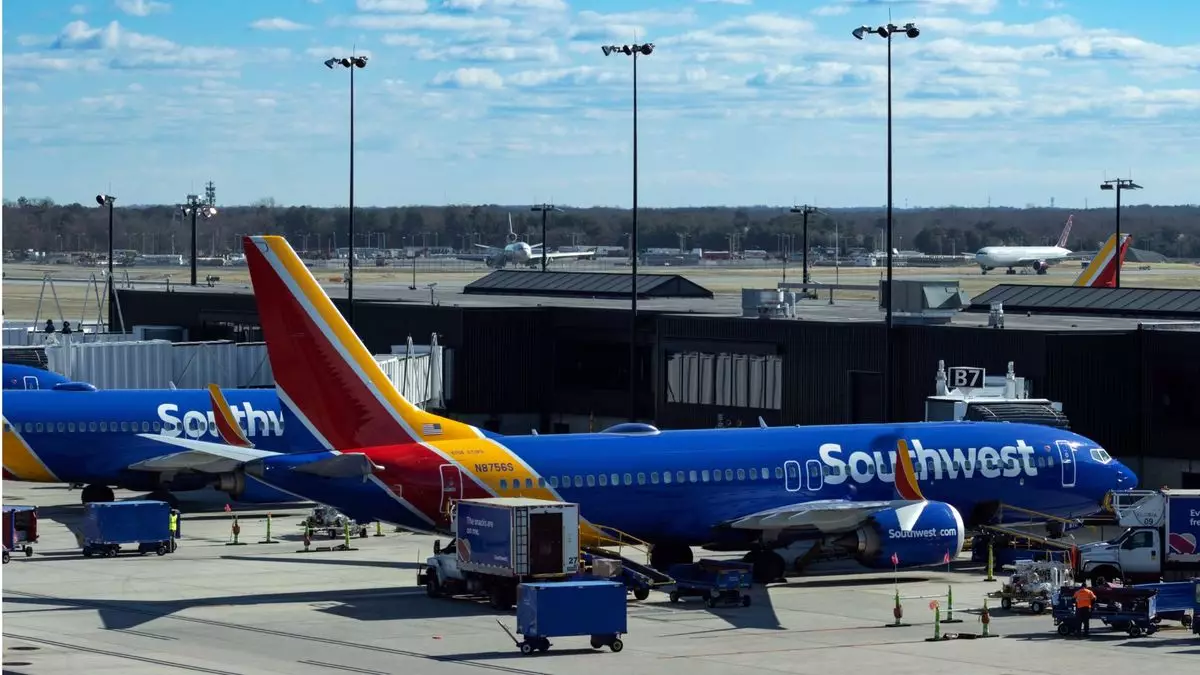On April 1, 2024, Ryan Green will officially step down from his role as executive vice president and chief transformation officer at Southwest Airlines. This pivotal announcement, as detailed in a recent filing with the U.S. Securities and Exchange Commission (SEC), signifies a notable turning point for both Green and the airline. His departure comes after a significant tenure at Southwest, having commenced his journey with the company in 2002. Notably, he held the chief commercial officer position prior to his current role, emphasizing his extensive experience within the organization. Green’s decision, communicated to Southwest on February 18, raises questions about the airline’s future direction, especially in the context of ongoing organizational challenges.
The SEC filing not only discloses Green’s resignation but also highlights a key agreement with Elliott Investment Management that paves the way for an increase in their stake in Southwest Airlines from 14.9% to 19.9%. This strategic maneuver follows a period of turbulence where Elliott sought to push for substantial changes within the company, including the pressure for leadership transformations at the top. Their previous threats of a proxy battle underscored their determination to influence Southwest’s future. The outcome of these negotiations resulted in a new board composition, with six new members appointed while former CEO Gary Kelly exited the board earlier than anticipated. This saga indicates a burgeoning era of influence for activist investors, raising concerns about the balance of control within the airline and its leadership stability.
In an unprecedented move, Southwest Airlines announced it would cut roughly 15% of its corporate workforce, translating to about 1,750 jobs. This significant reduction, encapsulated in CEO Bob Jordan’s statement portraying it as a historic decision, not only sheds light on the airline’s efforts to streamline operations but also raises questions about employee morale and operational efficiency. Interestingly, although the downsizing will affect eleven senior leadership members, Green is notably not among them. This could suggest a more strategic alignment of leadership roles amidst the organizational shake-up. The dissolution of long-standing positions may provoke unrest within the corporate culture, indicating that the airline is at a crossroads demanding both resilience and adaptability.
As Southwest Airlines navigates these considerable changes, the airline industry at large remains under pressure to adapt and innovate in a post-pandemic world. Green’s exit, combined with the evolving dynamics of shareholder influence and a workforce reevaluation, poses both challenges and opportunities. The upcoming months will be crucial as the airline aims to stabilize and re-establish its market position while adhering to the demands of its shareholders and the expectations of a fluctuating economy. The decisions made during this transitional phase could significantly dictate Southwest Airlines’ operational framework and cultural ethos for years to come. The coming period is not merely a time of change; it is a critical juncture for shaping the future of one of America’s most recognized airlines.


Leave a Reply